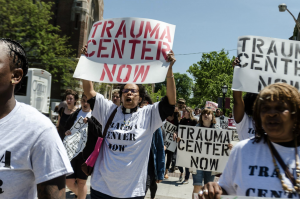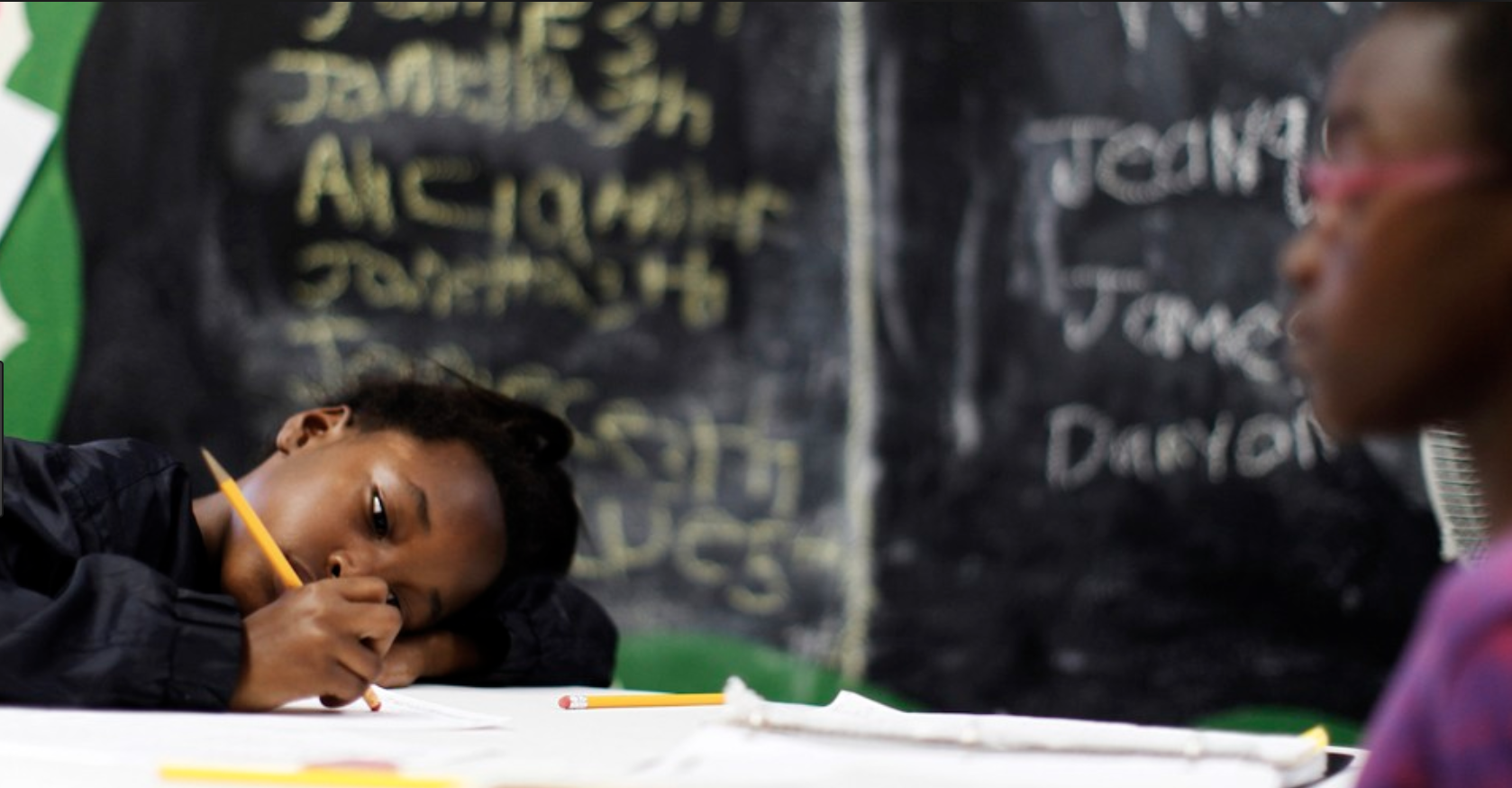
In the Southside and Westside of Chicago, people often die from gunshot wounds that wouldn’t be fatal if trauma centers and hospitals were more accessible. Chicago has a combined 7 Level I trauma centers within the city. Level I trauma centers provide 24-hour comprehensive trauma services. However, the Southside and Westside have been dubbed “trauma deserts” because where there are no accessible trauma centers or medical resources within five miles of these communities (Crandall et. al).
Victims from these areas are forced to go on long ambulance rides that last sometimes 30 or more minutes. Those are critical minutes, especially for gunshot wounds (Ferkenhoff & Little). Studies show that people shot five miles or more from a trauma center are 23% more likely to die (Ferkenhoff & Little). The fact that there are no accessible trauma centers where the majority of gun violence takes place makes no sense, the communities who need the most access, have the least.
Thus, although there is a lot of community organizing happening to address the structural issues that generate trauma, I thought it was important to include a bit about the very-important activism happening to address the repercussions of trauma. For instance, the Trauma Center Now, a coalition of 6 member organizations, has been organizing for years in an attempt to hold the University of Chicago Medical center accountable to its promise of building a trauma care in Chicago’s South Side.
Excerpt from the Trauma Center Now website:
“On August 15, 2010, Damien Turner, then 18, was hit by a stray bullet a few blocks from the UofC Medical Center. But because it had no trauma center, Damien had to be rushed more than ten miles through city roadways, to Northwestern’s trauma center. There, he quickly died. See the New York Times.
Damiend co-founded STOP’s program of advocacy for and by youth. In processing his death, his friends committed to fighting for the healthcare that could have saved Damien and so many other youth of color. Against broad doubt that they could challenge one of Chicago’s most powerful institutions, they have doggedly led the fight for trauma care for over five years. Today they continue to see their work through.”
As a result of their efforts, for the first time since 1991, a new trauma center was opened on the Southside of Chicago on May 1, 2018. This is all thanks to the zealous organizing efforts of community members from the Southside.
Crandall, M., Sharp, D., Unger, E., Straus, D., Brasel, K., Hsia, R., & Esposito, T. (2013). Trauma deserts: Distance from a trauma center, transport times, and mortality from gunshot wounds in chicago. American Journal of Public Health, 103(6), 1103-1109.
Editorial Board. (2018, April 13). The South Side’s 27-year wait for an adult trauma center. Chicago Tribune. Retrieved from http://www.chicagotribune.com/news/opinion/editorials/ct-edit-uc-south-side-trauma-center-20180412-story.html
Ferkenhoff, E., & Little, D. (2018, February 24). The Bleeding of Chicago. Retrieved from http://www.citationmachine.net/apa/cite-a-website
